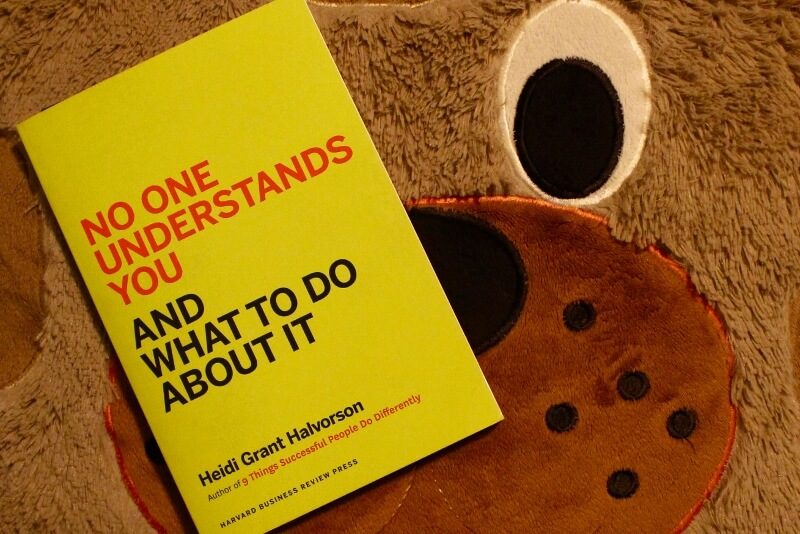Month: April 2016
-

Marginalia: “No One Understands You And What To Do About It”
Marginalia is a regular series on Toward Vandalia in which I review the books I’m reading and unpack their most valuable lessons. Today I’m looking at No One Understands You And What To Do About It by Heidi Grant Halvorson. Heidi Grant Halvorson is the Associate Director of the Motivation Science Center at the Columbia Business […]